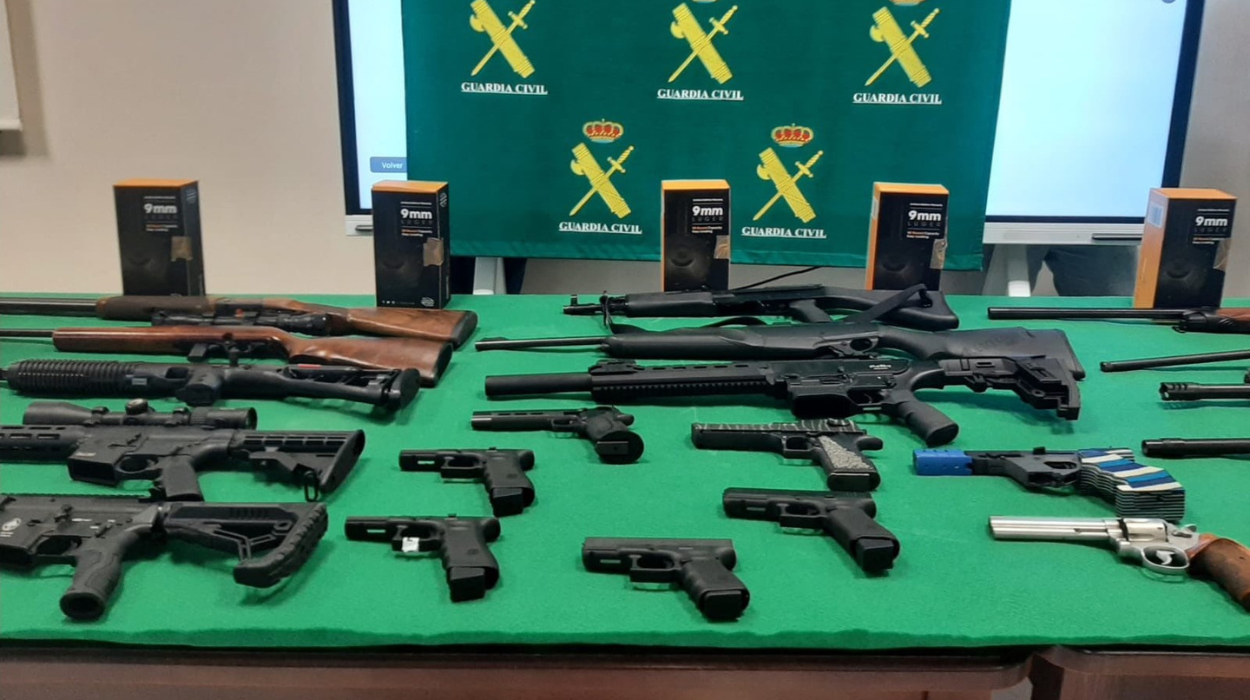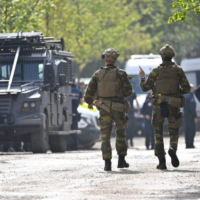EU updates firearm rules to curb trafficking, enhance traceability, and streamline legal processes, balancing security measures with support for legitimate use.
Today, The European Council and the Parliament locked a provisional arrangement on revised EU rules on the import, export, and transit of firearms into and from the European Union. The new rules strive to shut the loopholes for firearms trafficking while promoting the trade and movement of firearms utilized for legitimate purposes.
The modified firearms regulation aims to restrict firearms trafficking by having standard rules and licensing and authorization procedures, blended controls, and better traceability of firearms for civilian usefulness. This will control legally manufactured and exported civilian firearms from being shifted into the illegal market. The Council and Parliament provisionally arranged to keep the central principles of the Commission’s proposal, highlighting the need for fluid transactions while strengthening the security of citizens.
It is calculated that 35 million illegal firearms were possessed by civilians in the EU in 2017. This would equal 56% of the counted total of firearms. The current firearms statute lays down rules on exporting firearms, their elements and components, and ammunition. It enforces Article 10, which concerns imports, exports, and transit of firearms, of the UN Protocol against the illegal Manufacturing of and Trafficking in Firearms, their Elements and Components, and Ammunition.
The law is complemented by a current Firearms Directive that specifies minimum common rules on the purchase and possession of firearms in the EU, as well as on the transfer of firearms from one EU nation to another. On 27 October 2022, the Commission submitted a proposal for a recast of the Firearms rules. The proposal includes new regulations to improve the traceability of firearms and the exchange of details between national authorities by harmonizing rules across EU countries.
The revised agreement maintains robust competencies for national competent authorities in the text. It counts as a licensing procedure for brief imports and exports of firearms. The Council and Parliament maintained the possibility for Member States to uphold their existing electronic national authorization systems, as long as they are interconnected with the electronic licensing system set up to digitalise the guidelines for licensing. They also provided a longer period for setting up and interconnecting national franchise systems to the common electronic licensing scheme.
The Council and Parliament bolstered transparency traceability requirements by improving and speeding up the exchange and publication of details, for example regarding authorizations, or proof of permit of shipments outside the EU. The Council and Parliament approved the Regulation would apply 4 years after the entrance into force of the regulation.
The recommendation also provides for the proper documentation of firearms-related information. It elucidates the role of the licensing authorities and enhances cooperation between law enforcement authorities (including customs) and licensing rules. It also seeks to systematize data collection about international activities of firearms, as well as seized arms.
The rules strive to set stricter regulations for ‘semi-finished’ firearms or parts that can be converted into deadly firearms at home. The proposal also envisions an end-user certificate for the more risky firearms.
At the same time, the suggestion aims to facilitate the lawful trade of firearms for civilian use and decrease the administrative burden for manufacturers, retailers, and users. The proposed rules will establish clear and common import, export, and transit methods for firearms and simplify and digitalize processes for hunters, sport shooters, and exhibitors. The proposal also specifies a new EU electronic licensing system that will preserve applicants’ time and simplify the process for authorizations.




